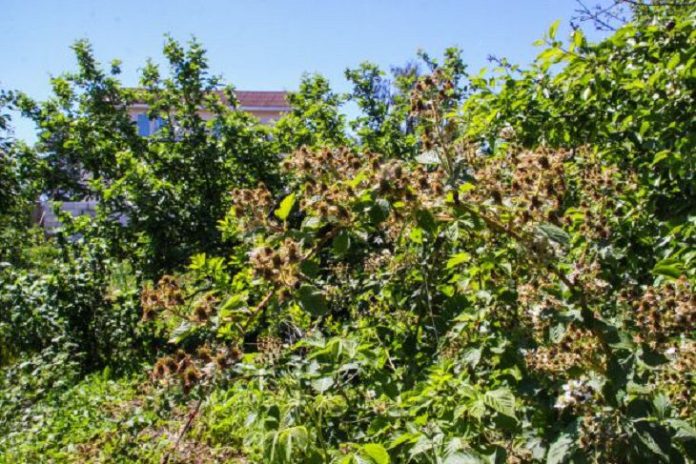Currants are one of the most popular berry plants in the garden, which enchants with its fruits and ease of care. .
However, in order to get a rich harvest, it is important to know which plants absolutely should not be planted next to it..
Incorrect neighborhood can lead to diseases, pests and even death of plants. Which crops should be avoided when planning plantings near currants?
The effect of incorrect neighborhood on currants
Currants are sensitive to the influence of neighboring plants. Some of them can inhibit its growth, take away nutrients from the soil or become a source of diseases and pests.
Therefore, it is important to carefully select neighboring plants to avoid negative impacts and maintain the health of the bush.
Cabbage and its relatives
Cabbage and its relatives, such as broccoli, cauliflower and Brussels sprouts, create serious competition for nutrients.
These plants consume a large amount of nitrogen, which is necessary for the growth and development of currants.
Moreover, cabbage attracts insect pests that can also attack currants, weakening them and reducing yields.
Raspberries and blackberries
Raspberries and blackberries, although they are close relatives of currants, should not be grown next to each other.
They have similar diseases, such as anthracnose and rust, which can easily be transmitted from one plant to another.
In addition, raspberries and blackberries have an aggressive root system that can suppress the roots of currants, worsening their nutrition and water supply.
Cucumbers and pumpkins
Cucumbers, pumpkins, squash and other pumpkin crops are also not the best neighbors for currants. These plants need a lot of moisture and nutrients, which can create a deficiency for currants.
In addition, cucumbers and pumpkins tend to grow quickly, which can shade currant bushes and limit the access of light necessary for photosynthesis.
Tomatoes and potatoes
Planting tomatoes and potatoes next to currants is strictly not recommended.
These plants are susceptible to late blight, a fungal disease that spreads quickly and can destroy both tomatoes and currants.
In addition, potatoes and tomatoes deplete the soil, taking away key nutrients from it, which negatively affects the growth and fruiting of currants.
Bulbous plants
Bulbous plants, such as onions and garlic, can secrete substances that inhibit the growth of currants.
Although they are often used to control pests, their close proximity to currants can lead to slower development and a decrease in yield.
Also, bulbous plants require regular care and weeding, which can disrupt the currant root system.
Large trees
Tall trees, such as apple, pear and walnut trees, should not grow near currants.
They create a strong shadow, which prevents the entry of sunlight necessary for the full development of the bushes.
In addition, the root system of large trees competes for moisture and nutrients, which weakens the currants and reduces their yield.
Previously, summer residents were told how to feed cabbage.


